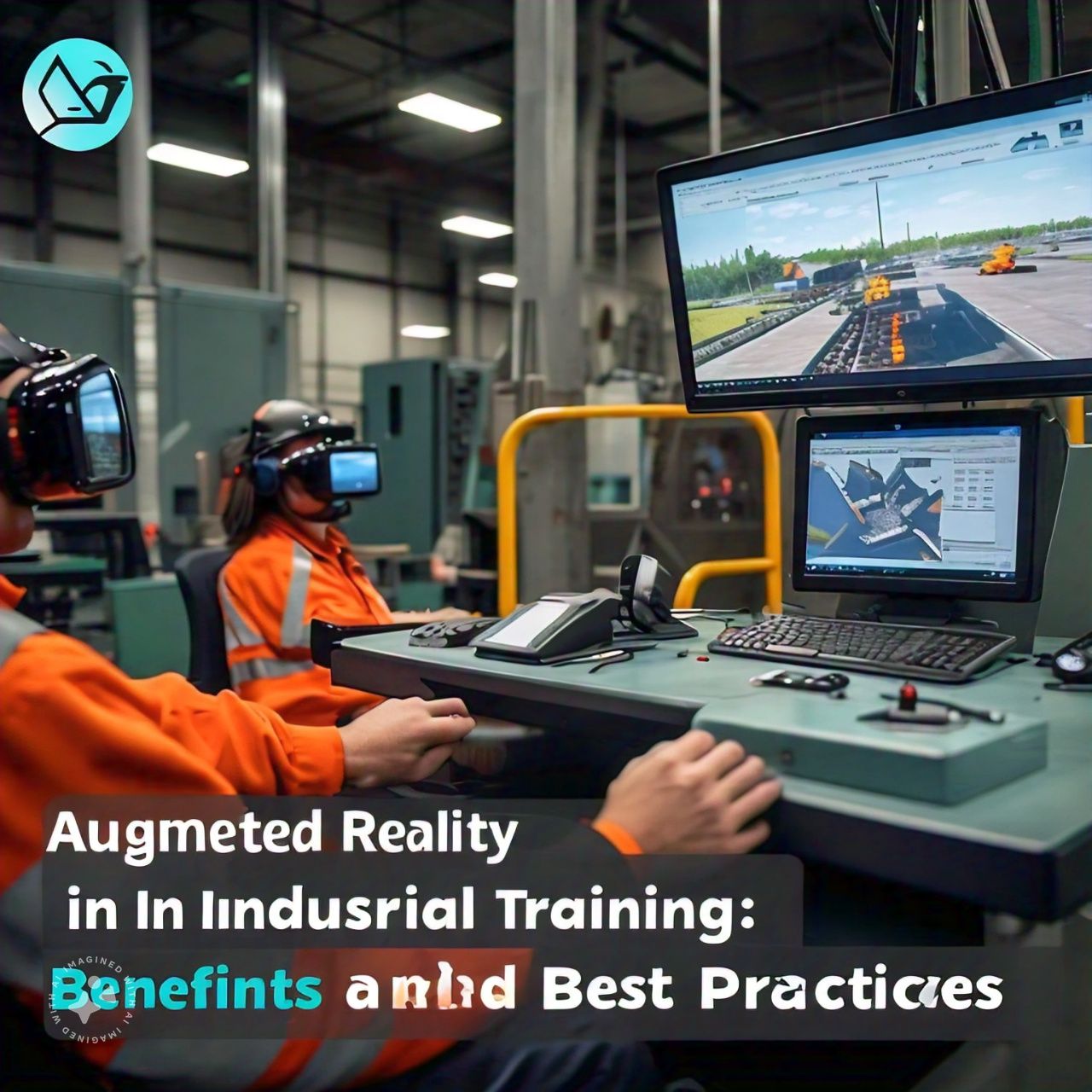
Augmented Reality (AR) in Industrial Training
Augmented Reality (AR) is no longer just a futuristic concept—it’s a transformative technology reshaping industrial training. By overlaying virtual elements onto the real world, AR enhances the learning experience, making it interactive and efficient.
Industries ranging from manufacturing to healthcare are adopting AR to train their workforce, ensuring employees acquire hands-on skills in a safe, controlled environment. But what exactly makes AR so impactful in industrial training? Let’s explore.
Benefits of Augmented Reality in Industrial Training
- Immersive Learning Experience: AR delivers real-time visual instructions, enabling workers to understand complex processes intuitively.
- Enhanced Safety: Trainees can practice potentially hazardous tasks in a virtual environment without real-world risks.
- Reduced Training Time: Interactive AR modules accelerate skill acquisition, cutting down traditional training durations.
- Cost Efficiency: Companies save on physical equipment and resources by replacing them with AR simulations.
- Personalized Training: AR systems adapt to individual learning speeds, ensuring tailored knowledge transfer.
These benefits make AR a go-to solution for industries looking to boost productivity while minimizing risks.

Challenges in Implementing AR in Industrial Training
Despite its potential, implementing AR comes with its own set of challenges:
- High Initial Costs: Developing AR applications and acquiring hardware like AR headsets can be expensive.
- Resistance to Change: Employees and management may resist adopting new technologies due to a lack of understanding or fear of obsolescence.
- Technical Limitations: Poor internet connectivity or outdated devices can hinder AR performance.
- Content Development: Creating engaging and industry-specific AR content requires significant time and expertise.
- Data Privacy Concerns: Using AR for training may involve recording sensitive operational data, raising security issues.
However, these obstacles are manageable with proper planning and investment in resources.
Best Practices for AR Integration in Industrial Training
To harness AR’s full potential, follow these best practices:
- Start Small: Begin with pilot projects to test AR’s effectiveness in specific training areas.
- Collaborate with Experts: Partner with AR developers to create tailored solutions.
- Invest in Employee Training: Educate the workforce about AR technology to reduce resistance.
- Leverage Cloud Technology: Use cloud-based AR platforms to improve accessibility and scalability.
- Measure and Iterate: Regularly monitor AR training outcomes and refine modules for better results.
By adopting these strategies, businesses can ensure a smooth and impactful AR integration.
Future Trends of AR in Industrial Training
As technology evolves, the future of AR in industrial training looks promising:
- AI-Driven AR: Artificial Intelligence will personalize AR training even further by analyzing user behavior.
- Wearable Integration: Advanced AR glasses and haptic feedback devices will enhance immersion.
- Remote Training: AR will make remote training seamless, bridging geographical gaps.
- Industry-Specific Applications: Tailored AR modules for sectors like aviation, healthcare, and energy will emerge.
The combination of AR with other technologies like IoT and big data will revolutionize industrial training in ways we’ve yet to imagine.
Conclusion
Augmented Reality is reshaping how industries train their workforce, offering immersive, efficient, and safe learning experiences. By overcoming challenges and following best practices, businesses can unlock AR’s full potential, ensuring a future-ready workforce.
Ready to transform your training? Explore the best solutions for AR integration today! And while you’re at it, check out the African Fair Trade Society’s 100% pure shea butter for your skincare needs—because self-care matters too!








